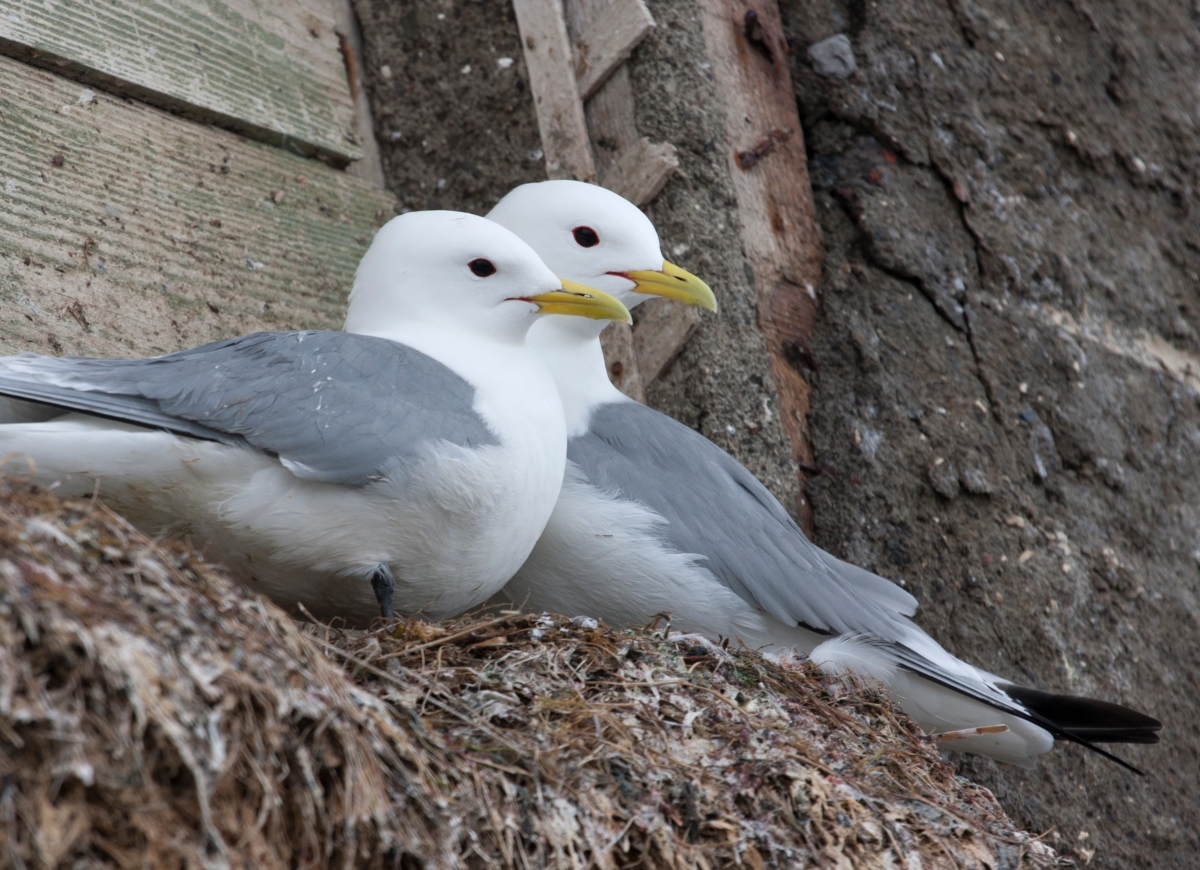Changes in kittiwake diet indicate Atlantification of the Arctic
Global warming is changing marine ecosystems in the Arctic, and the faunal composition is expected to become more similar to what we have in the North-Atlantic and along the Norwegian coast. This “Atlantification” of the Arctic has rarely been confirmed due to lack of long-term data series. A new study, however, shows that kittiwakes breeding on Svalbard have changed from dominantly Arctic prey to Atlantic prey, supporting the hypothesis of “Atlantification” of the European Arctic.
The European side of the Arctic has experienced gradually diminishing sea ice cover and warmer seawater temperatures over the last four decades. Such changes influence the species distribution leading to changes in the ecosystem with zooplankton and fish species retracting northwards. This so-called “Atlantification” of the Arctic will affect the marine food web by changing the composition of the lower and middle trophic levels. This will in turn change the nutritional base of the top predators, such as seabirds and marine mammals.
Kongsfjorden is located on the northwest coast of Svalbard. In this fjord, the climate change has already significantly changed the oceanography, with clear trends towards less sea ice and higher seawater temperatures. Documenting ecosystem changes in Arctic fjords are challenging, due to lack of long-term data. In a study from Kongsfjorden, the researches present a time series from 1982-2016 with diet samples collected from black-legged kittiwakes Rissa tridactyla over 19 breeding seasons. Kittiwakes eat small fish, crustaceans and other planktonic invertebrates. While kittiwakes can fly long distances to forage outside breeding season, they forage mainly in Kongsfjorden during the chick-rearing period. Consequently, the composition in diet samples collected from kittiwakes could be used as an indicator of ecosystem changes in this area.
Read the article:
By using diet composition from kittiwakes’ in Kongsfjorden as an indicator of changes in the ecosystem, the study have provided results, which indicate that the pelagic ecosystem in Kongsfjorden have changed from a cold system towards a warmer, more Atlantic system over the last decades. Further, especially in the years after 2006 there has been a clear increase in abundance of sub-Arctic and Atlantic species, such as capelin Mallotus villosus, Atlantic herring Clupea harengus, Atlantic cod Gadus morhua and haddock Melanogrammus aeglefinus, and a concurrent decrease in abundance of polar cod Boreogadus saida in the diet of kittiwakes. Whether this change in the ecosystem is irreversible remains to be seen. Long-term trends in temperature in the West Spitsbergen Current and modelling, however, indicate that further warming is more likely in Kongsfjorden than a return to a cold Arctic system.
Contact person: Børge Moe, NINA

